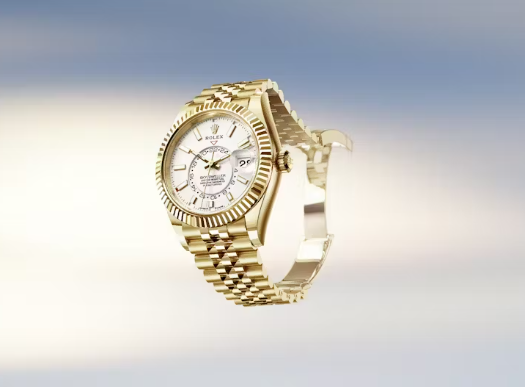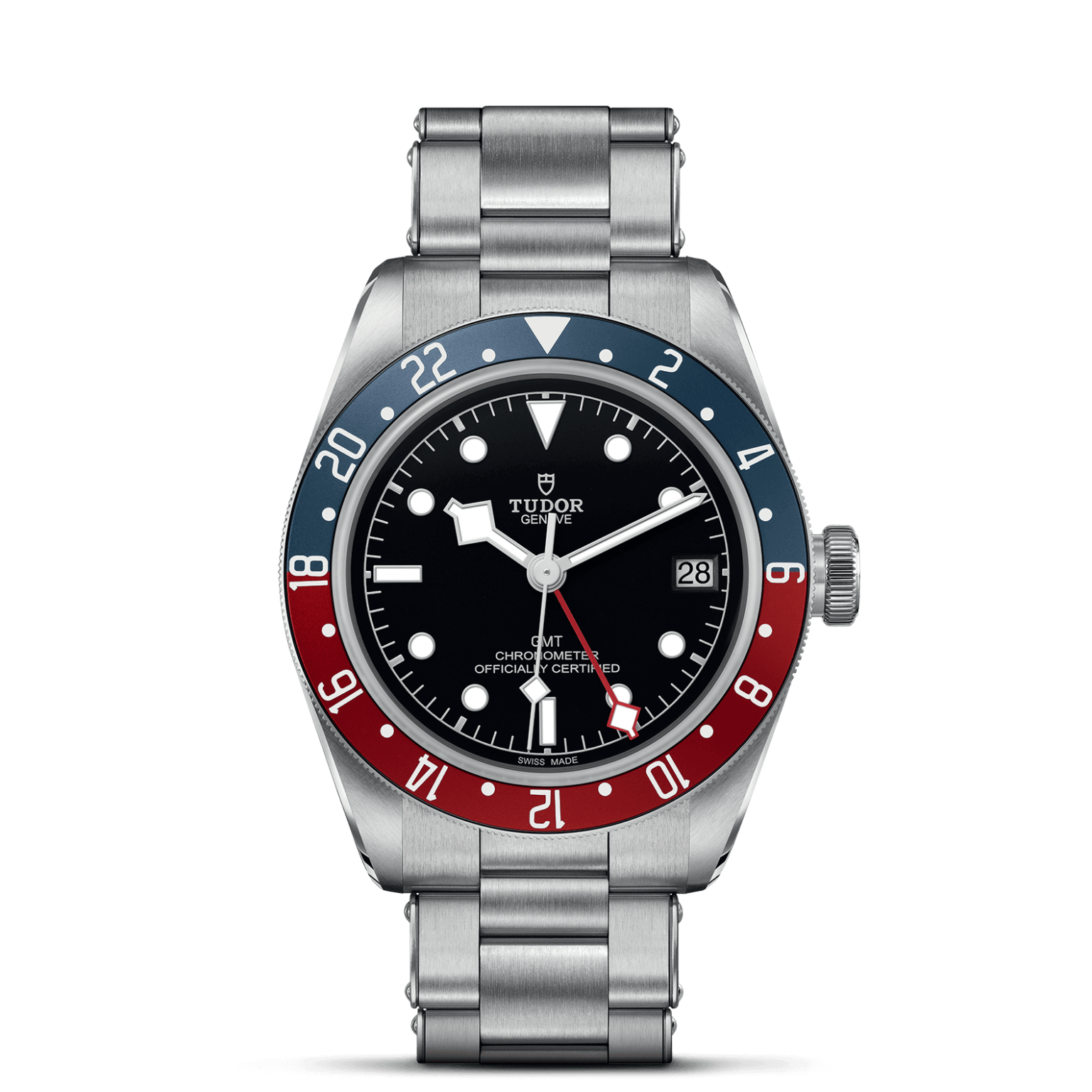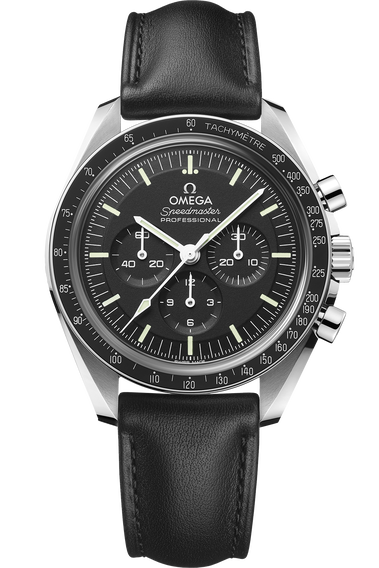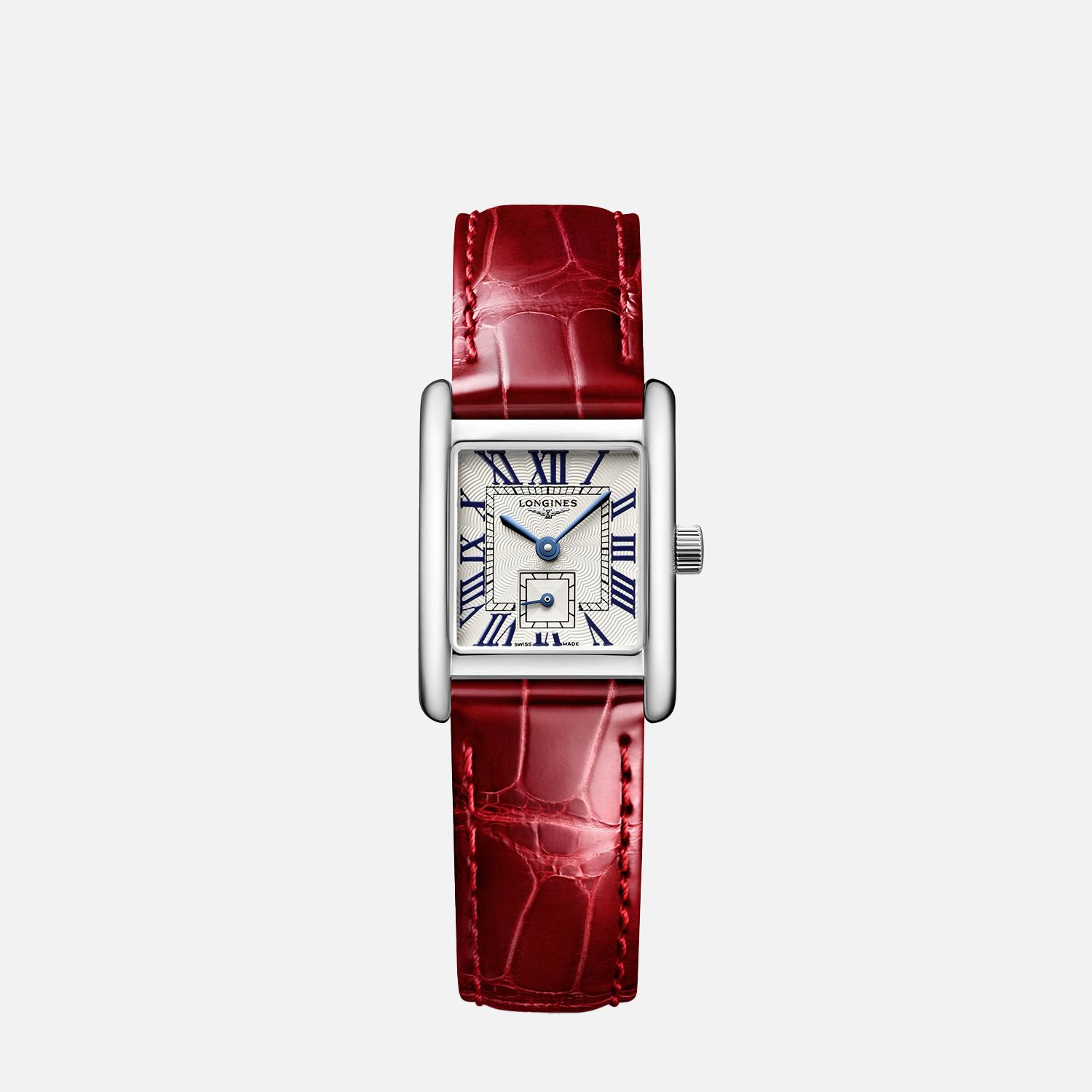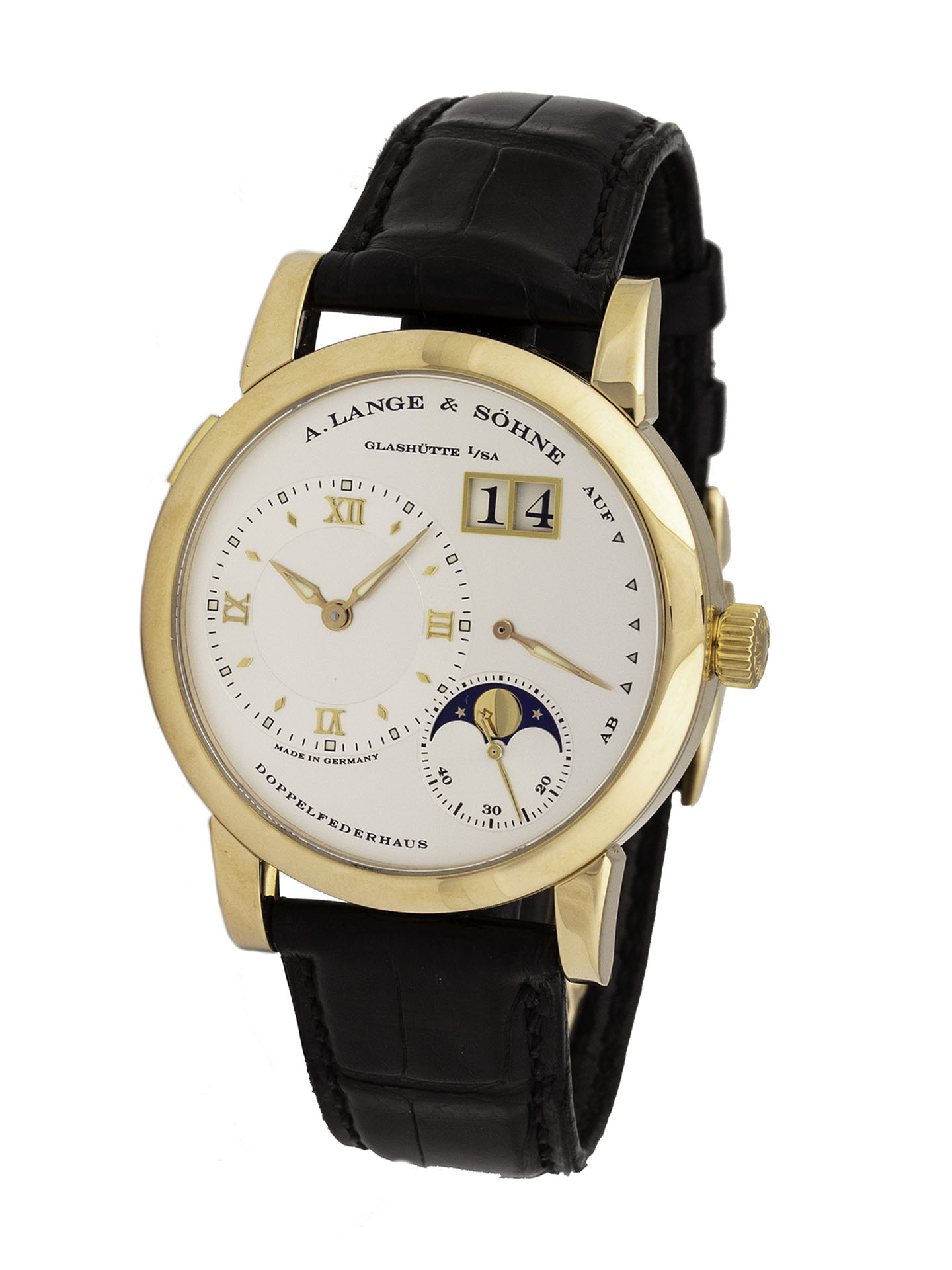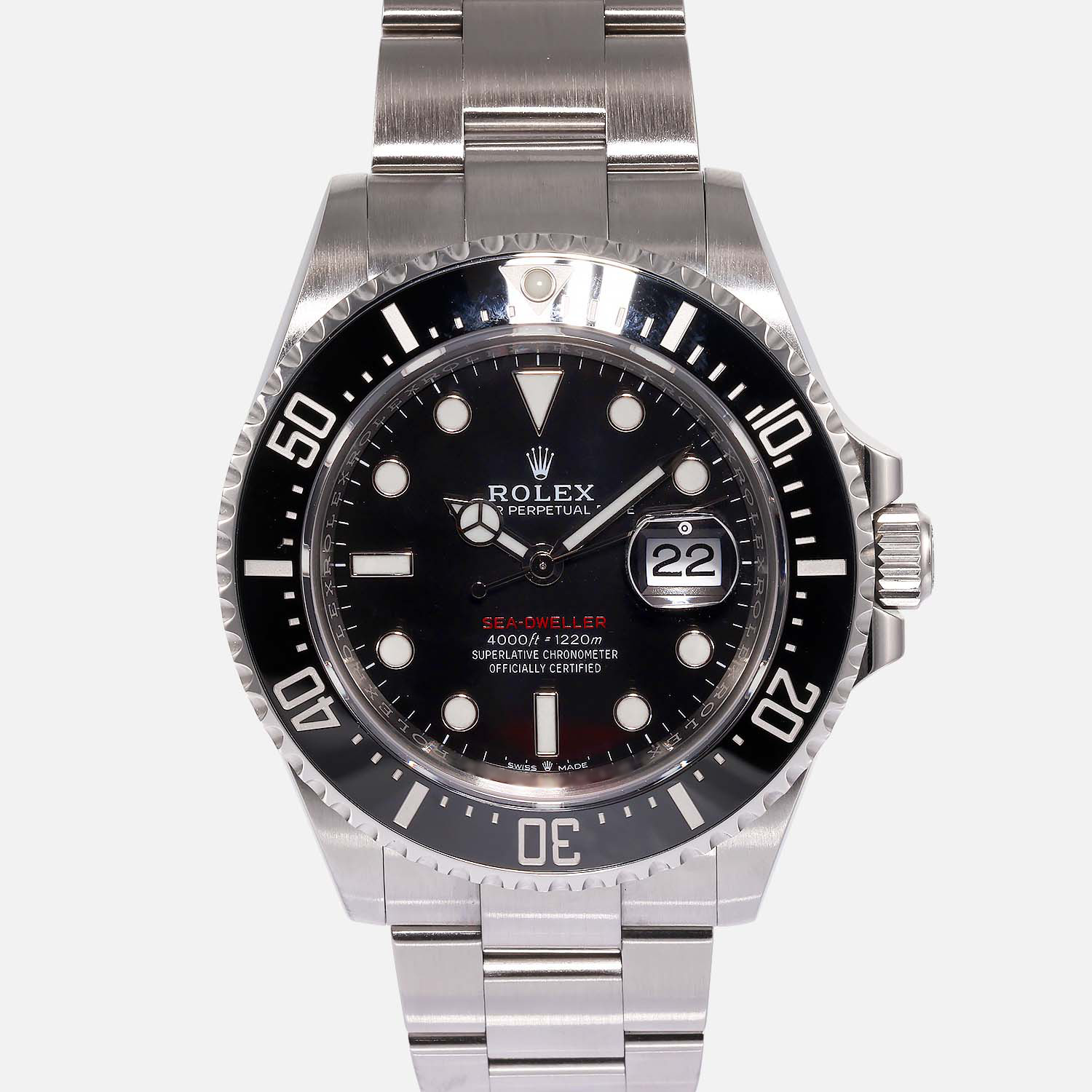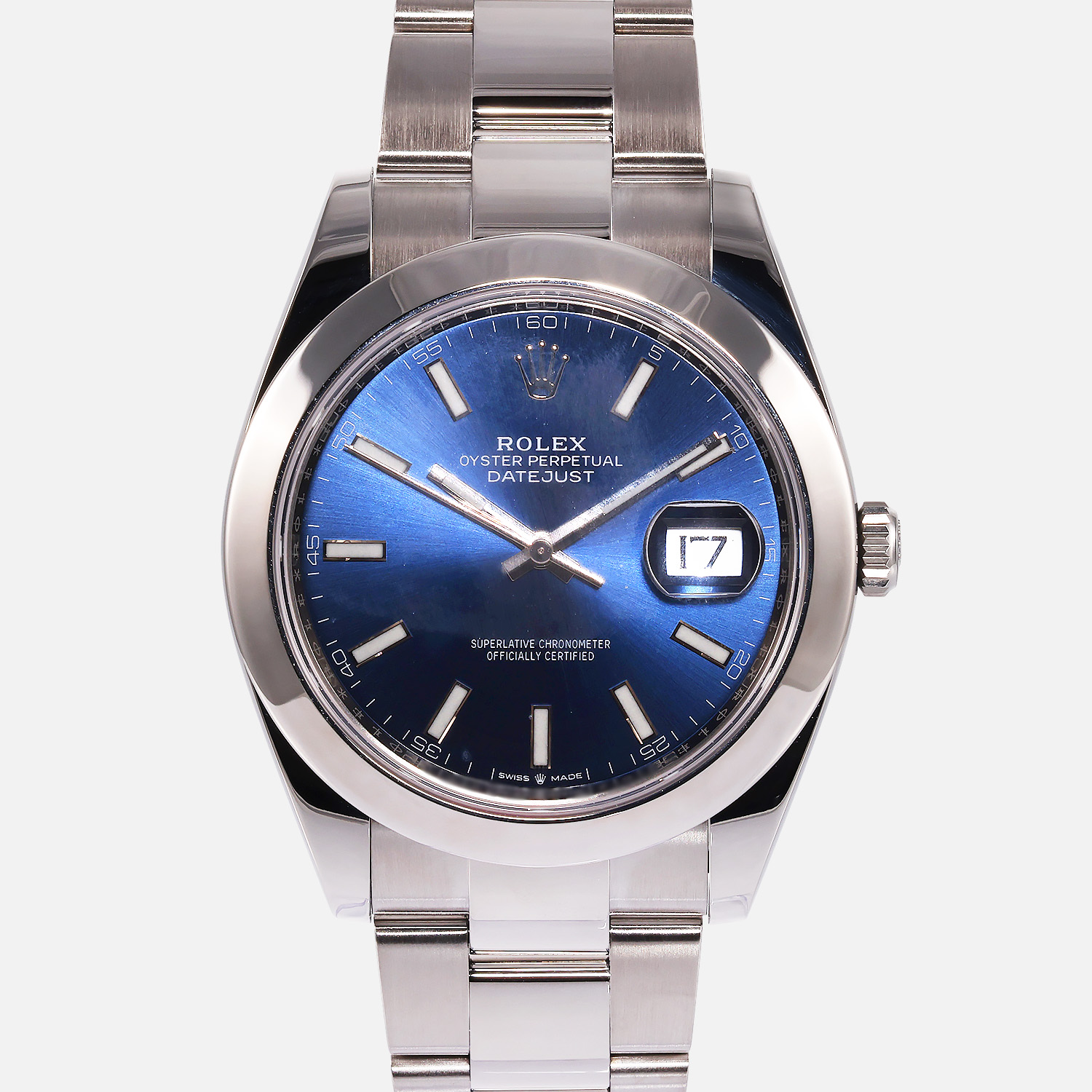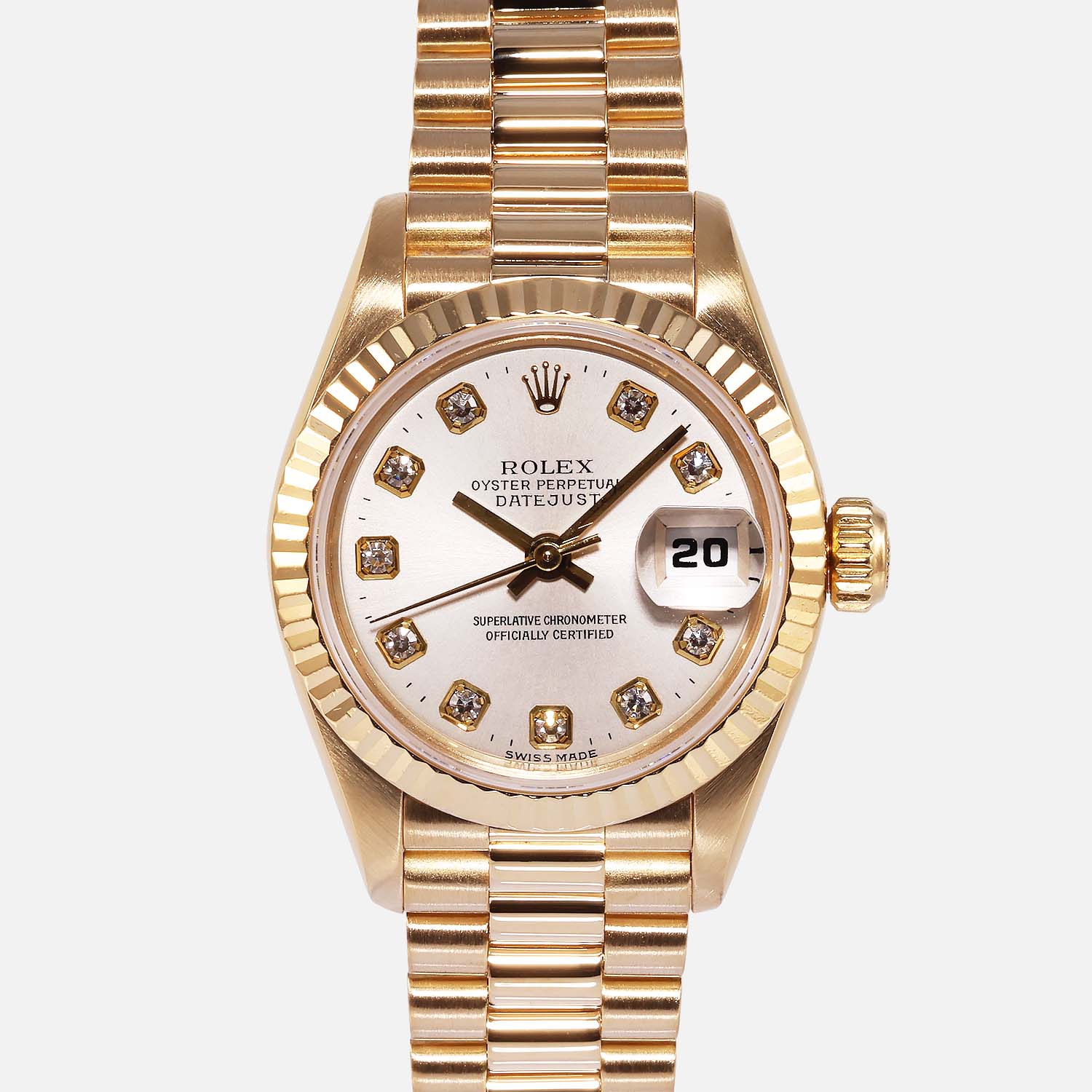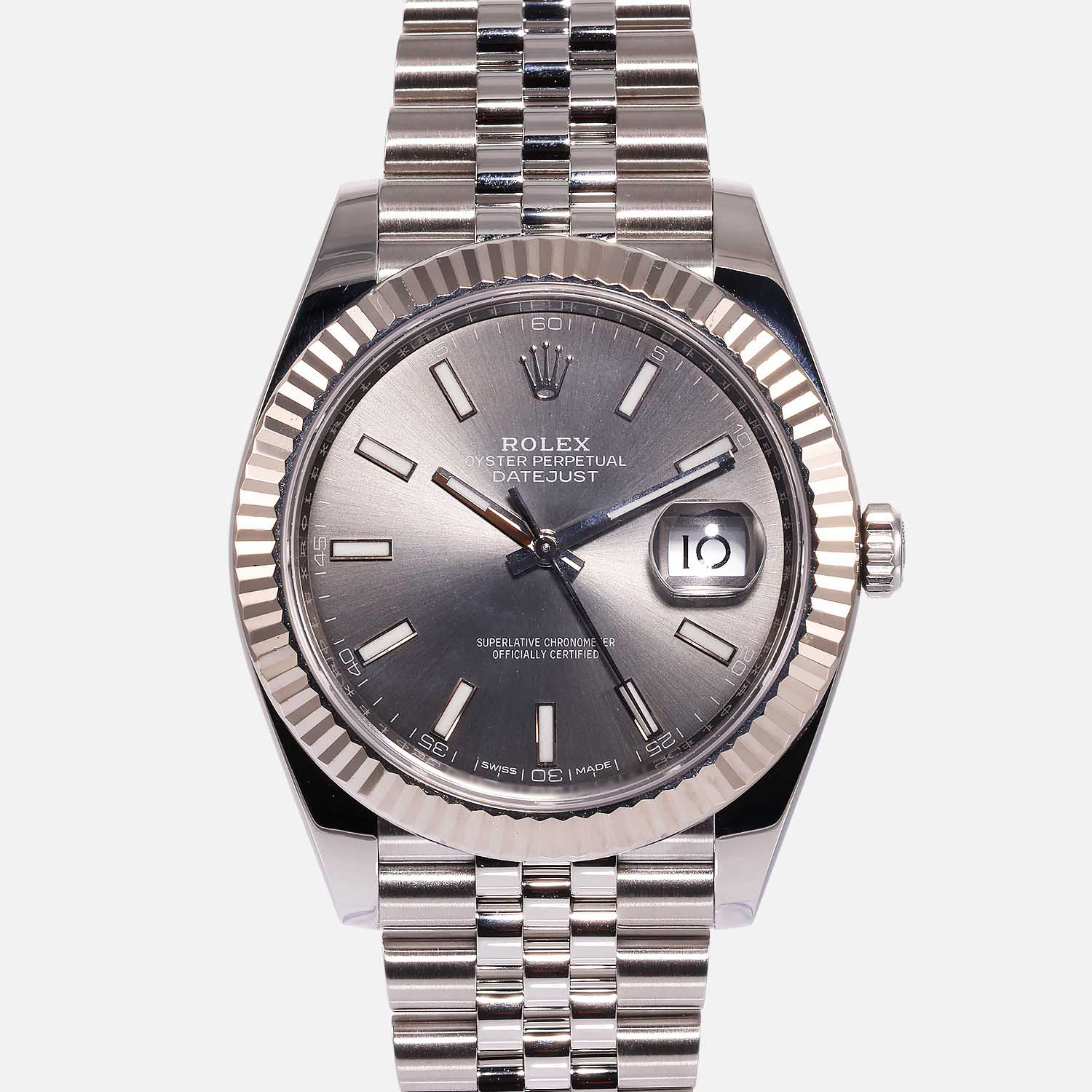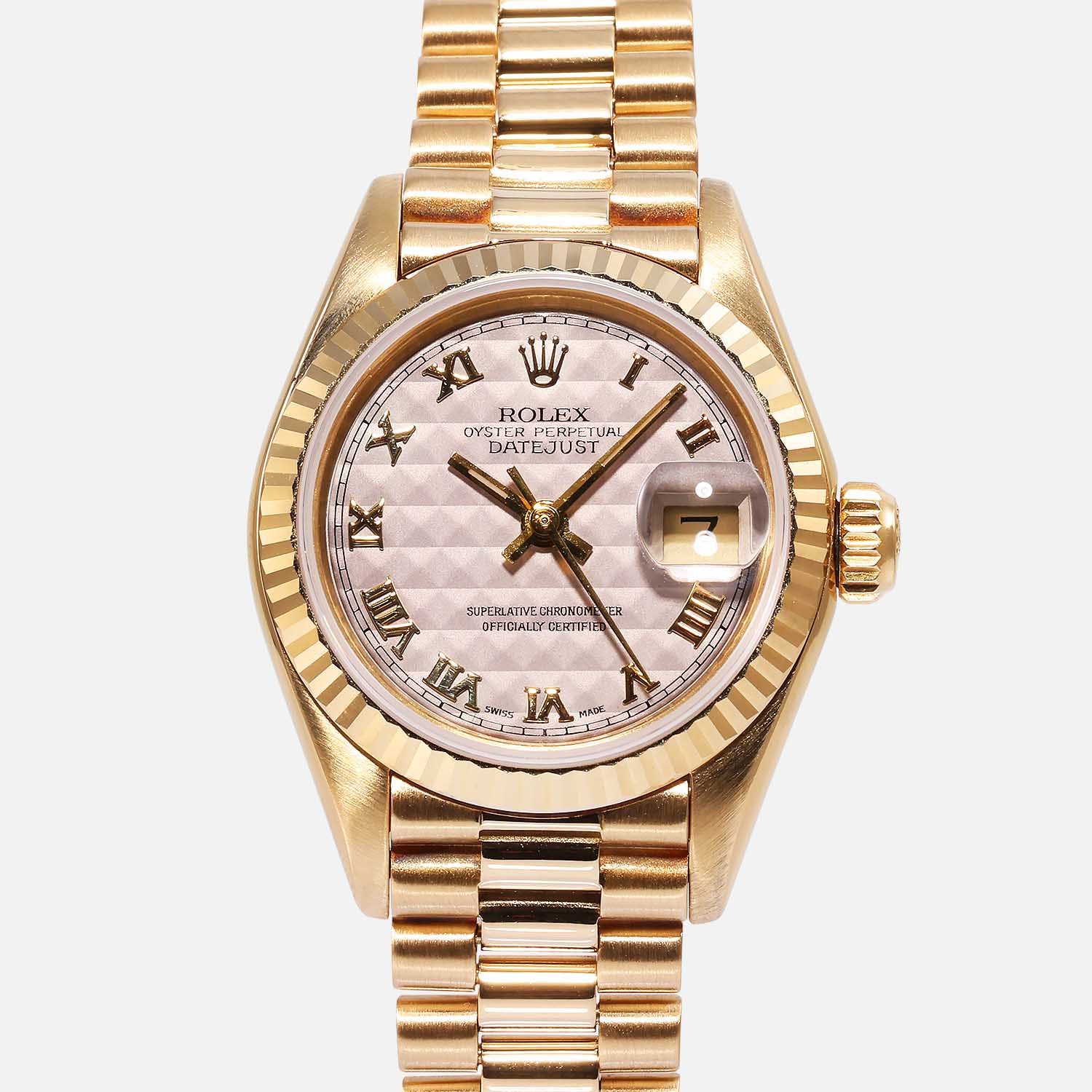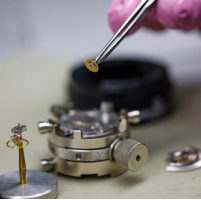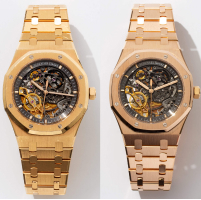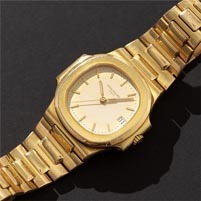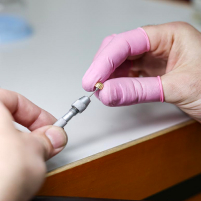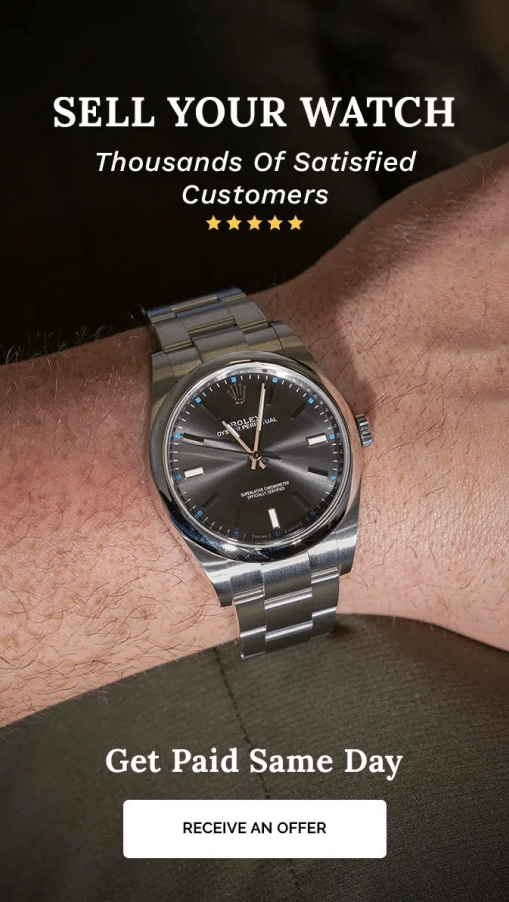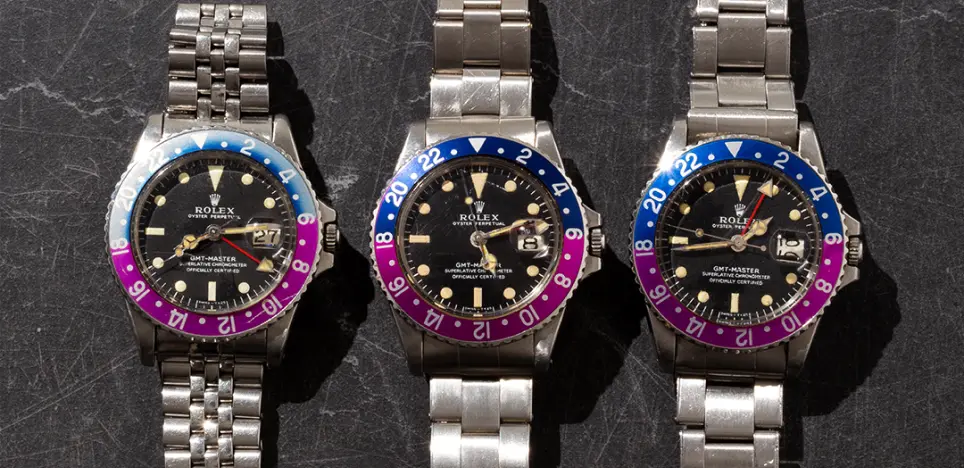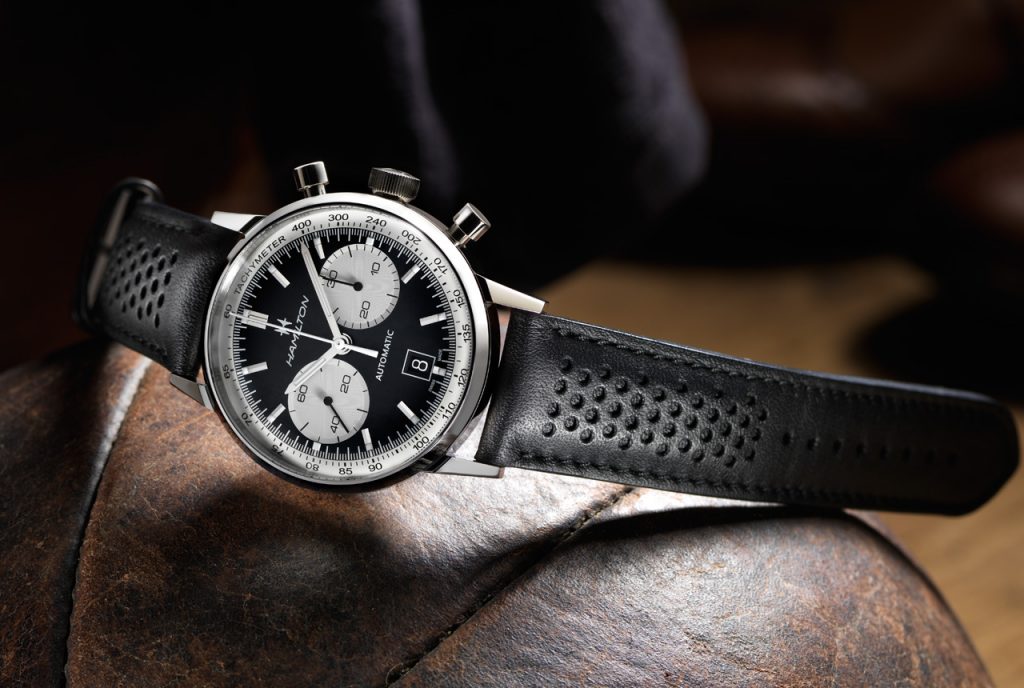How UV Radiation Damages Your Eyes
April 24, 2017UVA rays account for the vast majority of UV exposure – they pierce the outer and middle layers of the skin, and can damage the retina of the eye. UVB rays, on the other hand, damage the skin’s outer layer. UVB is the one at fault for sunburns, pterygium, and photokeratitis. That last one is essentially sunburn… on your eye. If you’ve experienced a sunburn before, you can imagine how much that must hurt on your eyeball. UVB rays have also shown to accelerate cataracts and age-related macular degeneration, as well as causing squamous cell carcinoma of the eye (a type of cancer).
UV Infiltration to Unprotected Eyes
- UVA and UVB enter the eye, penetrating the cornea.
- Light passes through the cornea, pupil and iris where light intensity is controlled.
- Unfiltered UV light causes damage to the retina over time.
Short-Term UV-Related Damage
Even the most brief doses of UV radiation can cause short-term ocular problems with symptoms ranging from discomfort or pain to temporary blindness.
When the sun is strong enough, reflective rays can burn your corneas. This results in a condition called photokeratitis. While the damage from photokeratitis is not permanent, the pain can be incredibly severe. The condition is also referred to as “snow blindness,” as it can happen as readily on the side of a mountain in the winter as it does in the summer sun on the water. For some, a corneal burn can cause temporary blindness.
Pterygium, sometimes called “surfer’s eye,” is abnormal but usually benign growth on the surface of the eye. Typically originating in the corner near the nose, Pterygium is linked to excessive exposure to sun, wind, or sand. It can cause irritation may cause irritation, swelling and itchiness as well as corneal problems that can permanently affect your vision. Childhood UV exposure increases the risk of pterygium.
Long-Term UV-Related Damage
Unfiltered UV radiation over your lifetime can contribute to serious eye disorders and pose risks to your health and vision later in life. This damage isn’t visible right away – it takes a while to accumulate – but it can beprevented by wearing UV-filtered protection. Most common long-term UV exposure complications include:
Cataracts: the most common cause of vision loss in people 40 and older, are the progressive clouding of the lenses of the eyes. Up to 20 percent of all cataract cases are attributable to UV radiation.
Age-related macular degeneration (AMD): is another major cause of vision loss in older people and the leading cause of blindness in adults 60 and older. The macula is the part of the retina that enables the sharp, central vision needed for reading or driving. Higher UV exposure at an earlier age, especially for people who have long worked outdoors, has been significantly associated with early AMD. Vision loss from this disease is irreversible, though early detection and treatment can slow further loss.
Cancer of the eye, eyelid and surrounding skin: Although cancer of the eyeball itself is relatively rare, skin cancers around the eye are not. According to the Skin Cancer Foundation, one-tenth of all skin cancers are found on the eyelid. Most are diagnosed as basal cell carcinoma, which can spread to the eye and adjacent tissue, but is not malignant. Nearly 3,000 intraocular cancer cases are diagnosed in the U.S. annually, yet only 8 percent of Americans say they are concerned about cancer of the eye. Melanoma is the most frequent malignancy of the eye and often requires surgical removal. Exposure to UV radiation, especially UVB, is the most common cause for eyelid tumors.
Sunglasses are a Health Necessity
For years, Americans have associated sun exposure with the effects it has on their skin, but it’s time to widen our field of vision to bring eye health into perspective: sunglasses are actually a health necessity. If the average American adult spent just 30 minutes wearing a pair of sunglasses with adequate UV protection during the day, their eyes would gain nearly 183 hours of UV-free time over the course of a year. This protection is key to slowing the acceleration of serious eye diseases that every one of us may face if we don’t take UV eye protection seriously.
Everyone needs to wear sunglasses whenever they’re outdoors during daylight hours. Adults and children should have a comprehensive annual eye exam, as an eyecare provider can make recommendations regarding sunglasses tailored to an individual’s vision and lifestyle needs. Additionally, sunglasses are also considered a style accessory that can elevate any look! Individuals should start a collection to coincide with their varying activities and ever-changing wardrobes. Find the style of designer eyewear you are looking for at Precision Watches & Jewelry.

